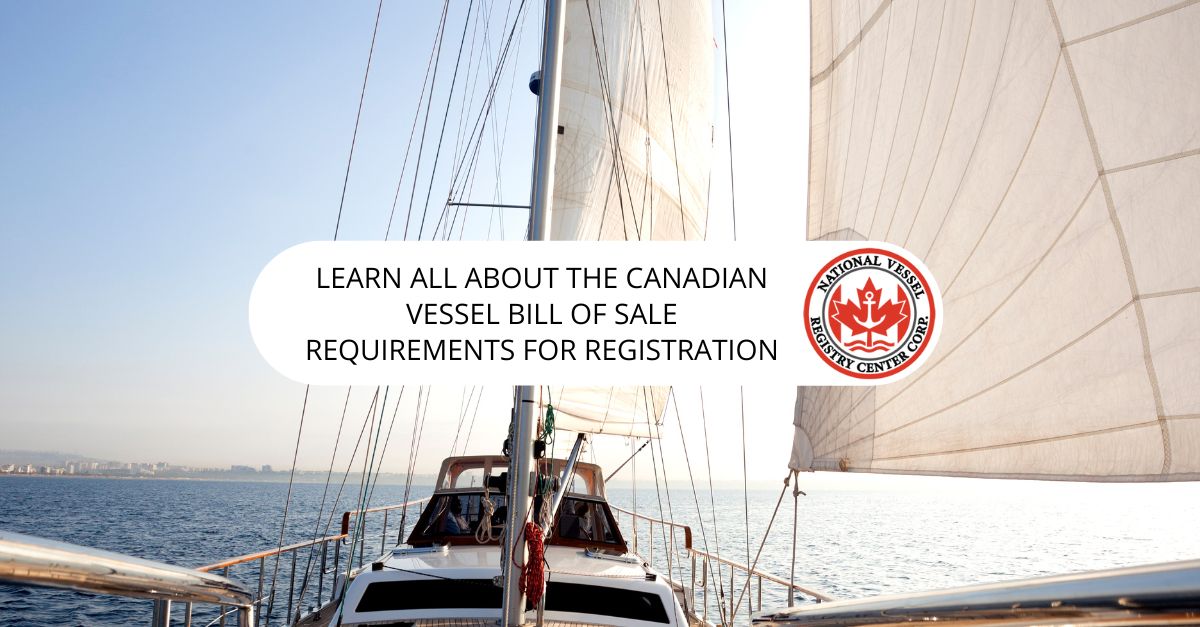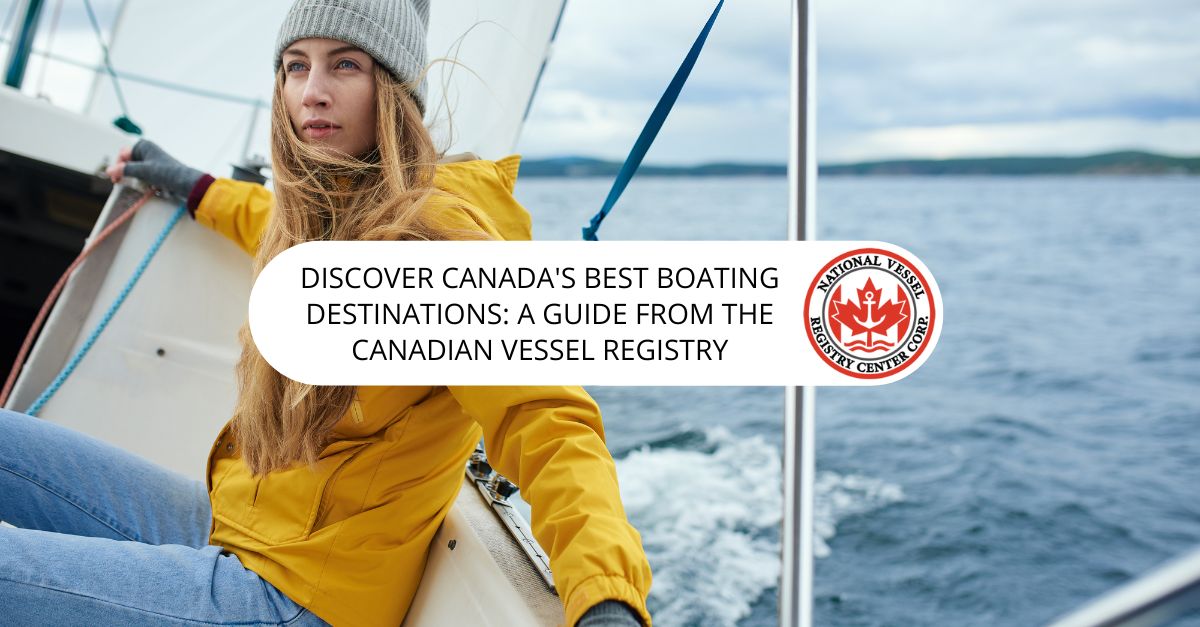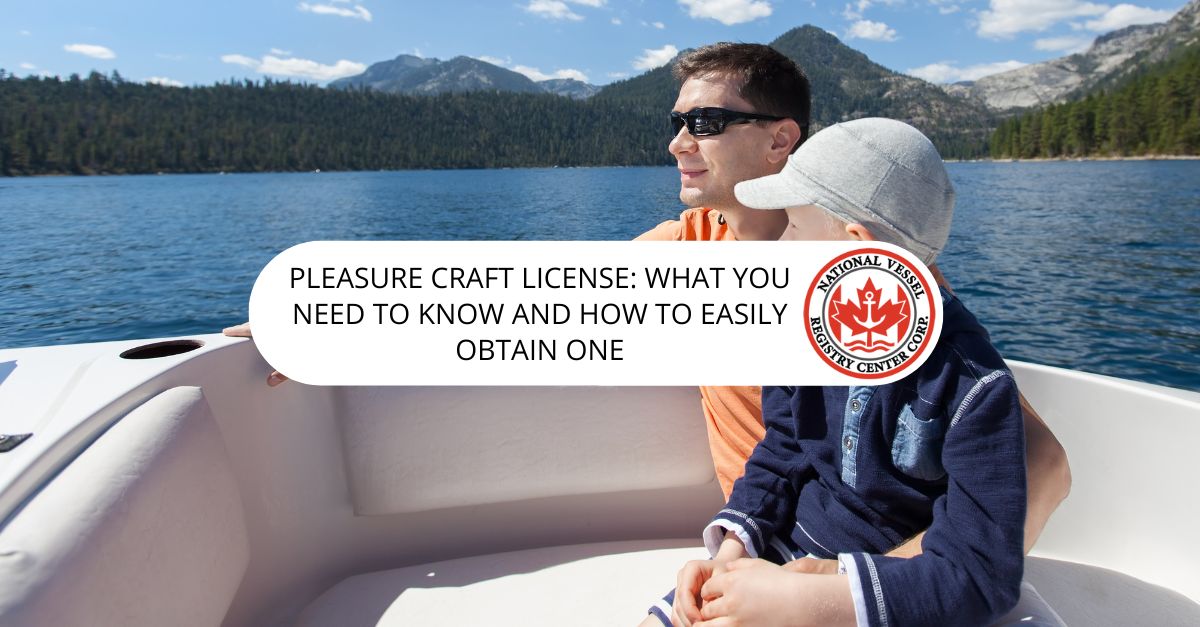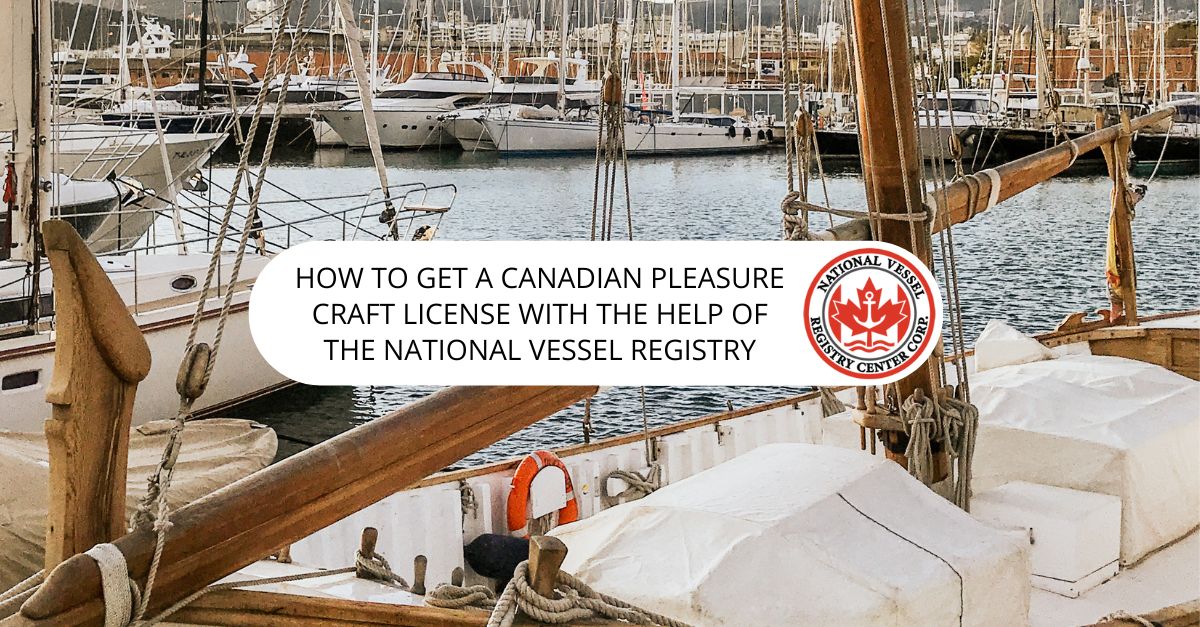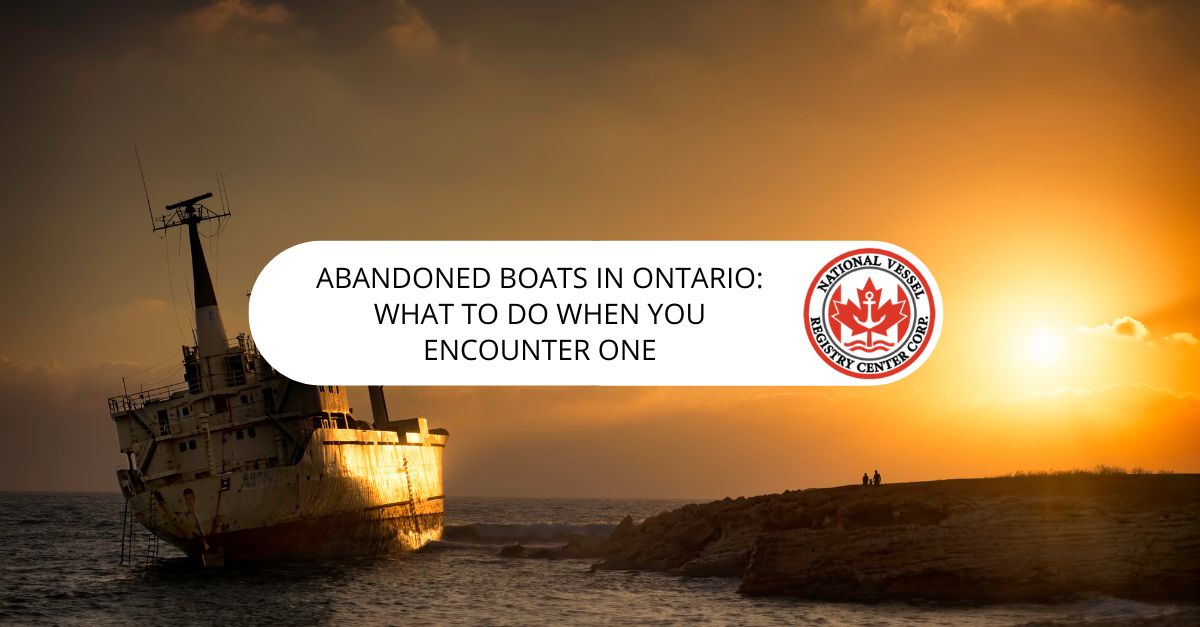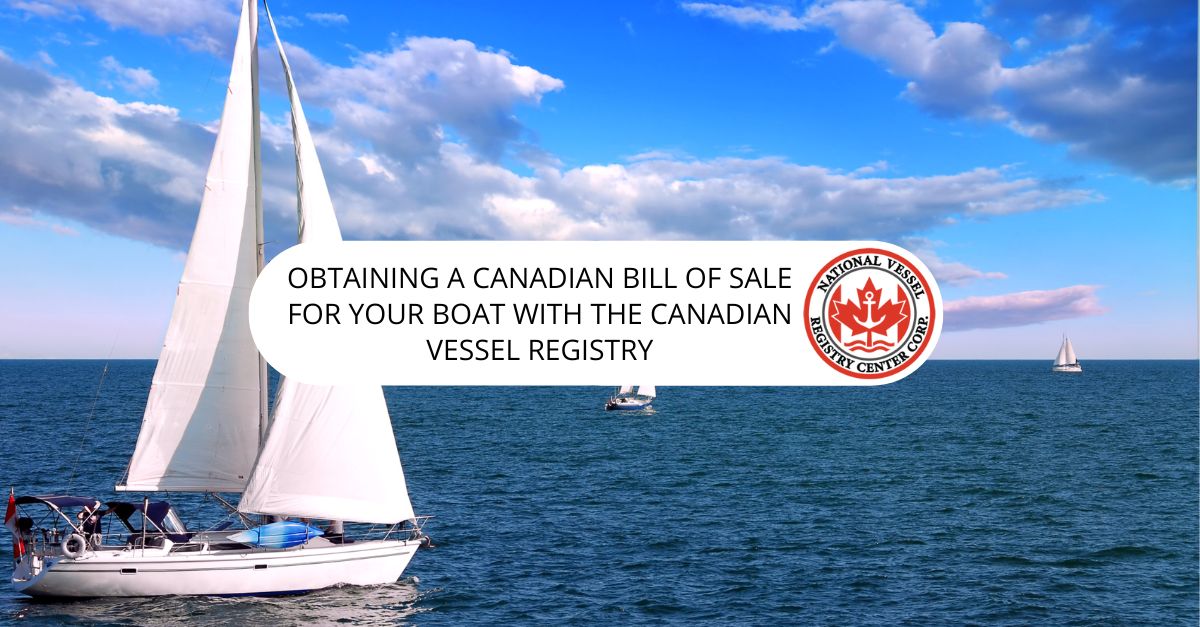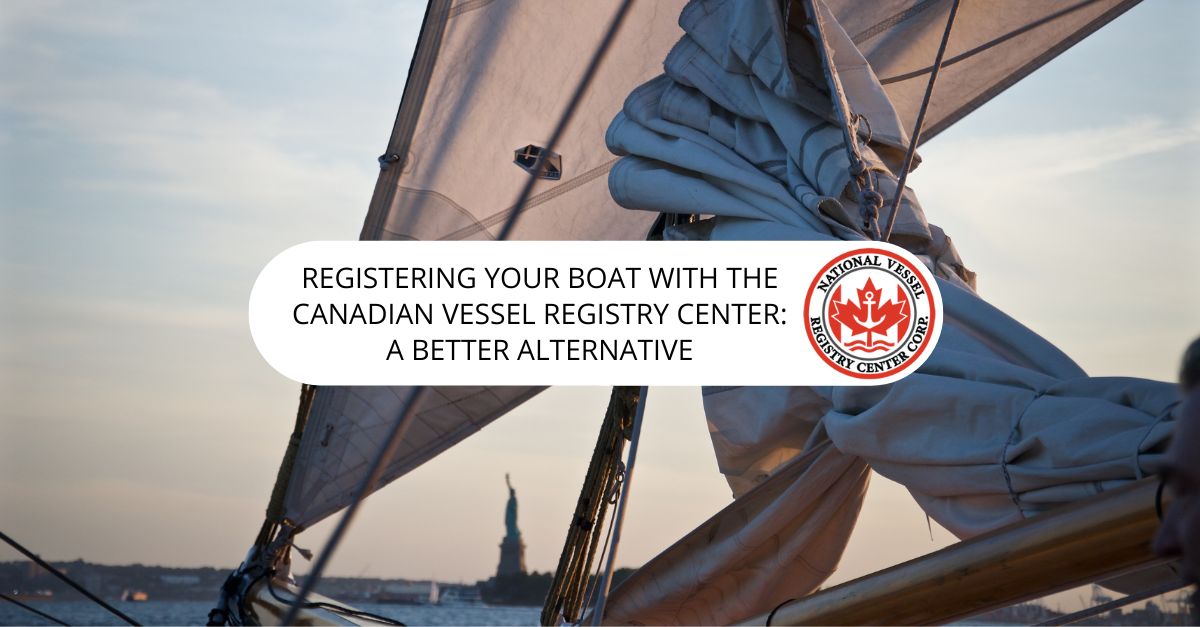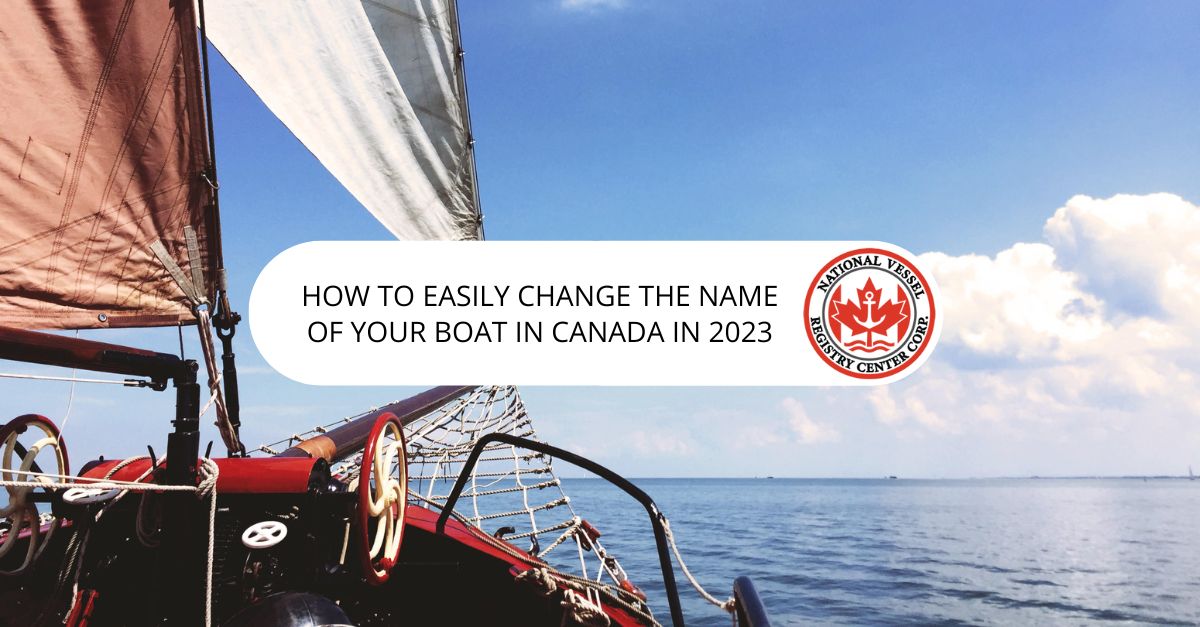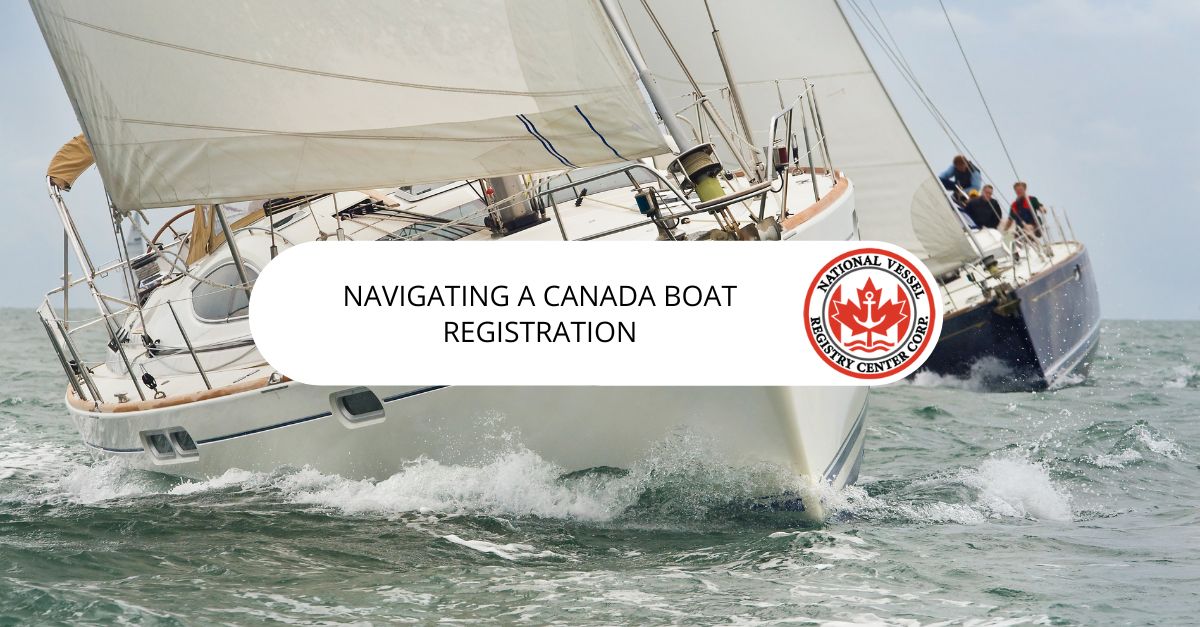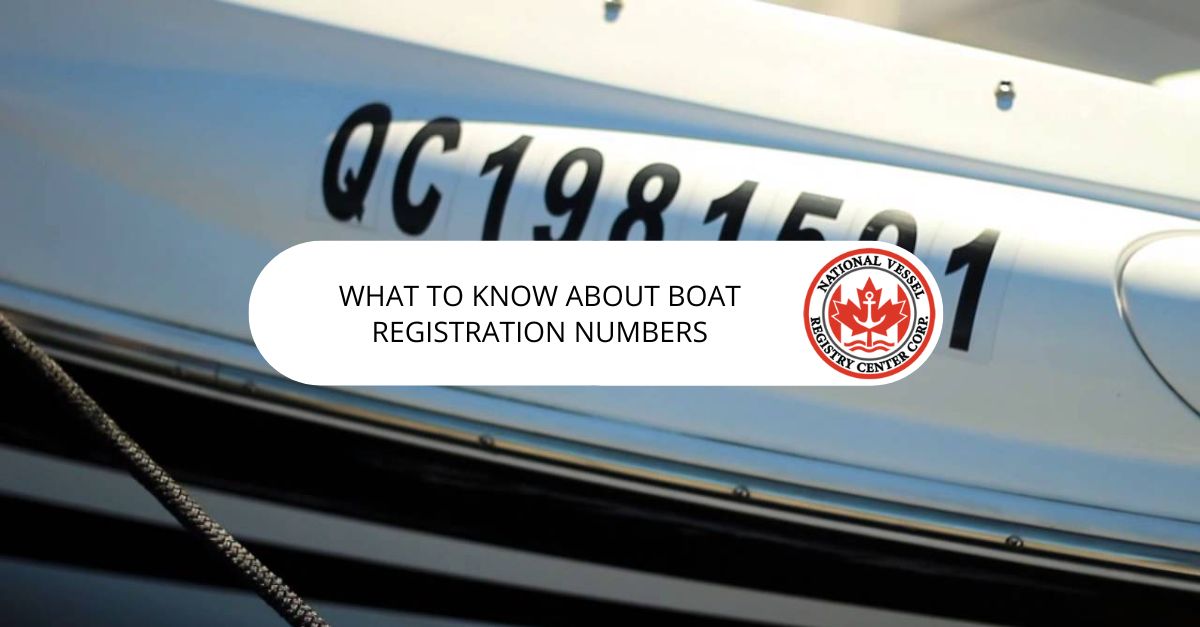Boat ownership is very exciting and full of promise. However, as you probably know already, there is definitely some paperwork that comes with this, and it can easily get intimidating. Don’t worry, though, because that’s what we at the National Vessel Registry Center Corp are here for. Let’s take a look at the Canadian vessel…
Learn All about the Canadian Vessel Bill of Sale Requirements for Registration
